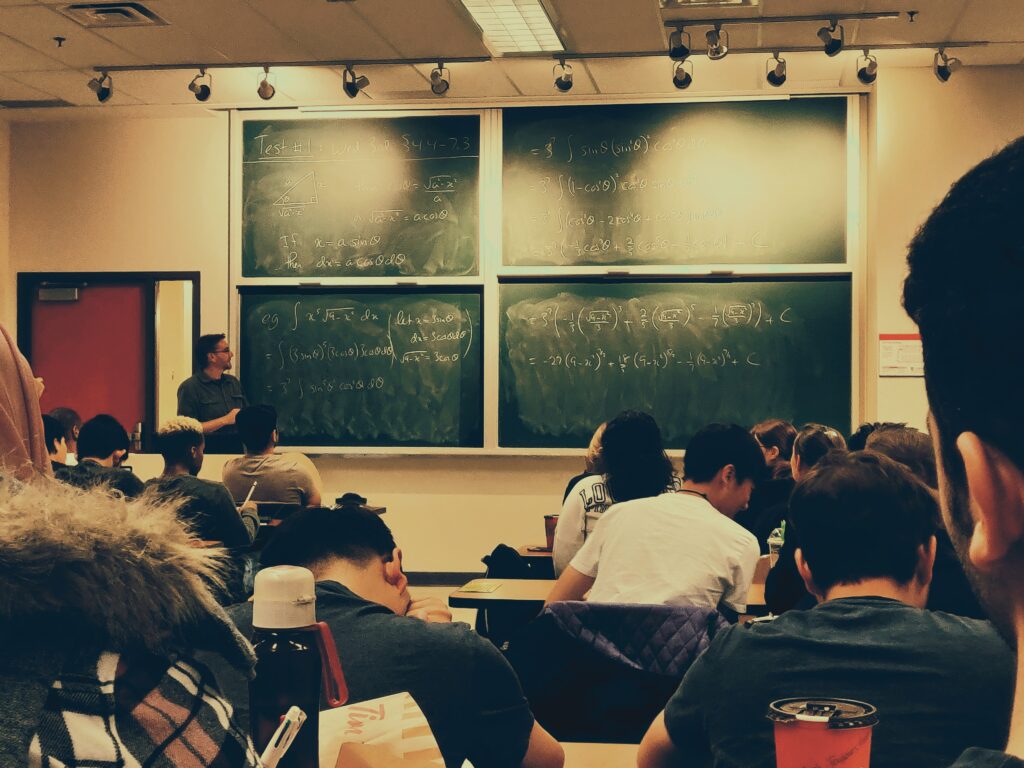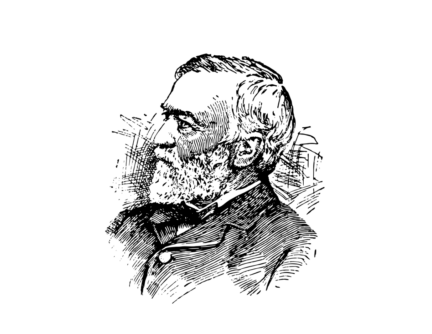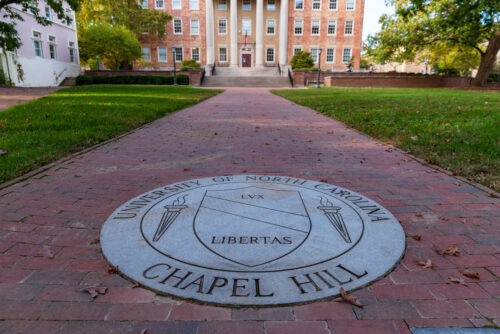Charter schools are funded by public and private dollars, raising the question as to how much government control they should be under. The first in a two-part series.
For decades, donors interested in education reform have funded charter schools. But if donors are going to make wise decisions about how to allocate their charter school grants, they ought to think about several questions as to what charter schools are. Today, I will address the issue of how much charter schools resemble private schools. Tomorrow, I will look at New York City’s Success Academy as an example of a competent charter school chain that combines the best of free-form progressive education and more rigid traditional education.
Charter schools are quasi-governmental organizations that are largely (but not entirely) paid for with state funds. They were created to provide schools with independence from calcified government bureaucracy. But if government dollars are used to fund charter schools, to what extent should the public know how these dollars are being used? Rachel M. Cohen addresses this issue in a story for the Washington City Paper.
I’ve written about Cohen’s work on charter schools several times, most recently here. I like her work because she dives deeply into how charter schools operate. Most of the charter school reporting I’ve seen from her focuses on Washington, D.C., which is a good test case for two reasons. First, there are about as many students in charter schools as there are in public schools, so one can make good comparisons between student performance in public and charter schools.
Second, as Cohen notes in her piece, charter schools were created in the District of Columbia in 1996 precisely because, after the Republicans recaptured Congress in 1994, House Speaker Newt Gingrich wanted Washington to be a showcase for education reform, and he asked Rep. Steve Gunderson (later to become head of the Council on Foundations) to create an education bill. The School Reform Act, passed by the District of Columbia City Council in 1996, initially included both school vouchers and charter schools; but only became law after the clauses creating vouchers were withdrawn.
The District of Columbia is also a place where philanthropists play a major role in charter schools. The Walton Family Foundation, for one, plays a major role, as it does in all cities with a robust number of charters. In addition, Alice Walton personally supports Democrats for Education Reform, whose District of Columbia chapter is a major player in education reform debates. Another donor deeply involved in charter schools is Katherine Bradley, whose husband, David Bradley, was the owner of the Atlantic until he sold a majority interest to Laurene Powell Jobs. The Bradleys fund education reform in Washington through their family foundation, the CityBridge Foundation.
Cohen also reminds us that charter schools in Washington are relatively strong because the Washington Teachers Union was weakened after a series of scandals in the first decade of this century: union president Barbara Bullock, union treasurer James Baxter II, union manager Gwendolyn Hemphill, and Hemphill’s son-in-law, Michael Martin, were convicted in a scheme that involved stealing several million dollars in union dues over a five-year period.
Nevertheless, as long as there have been charter schools in the District of Columbia, there have been efforts to increase regulation of them. In the years after 2000, the city tried imposing more financial controls after several charter schools were found to have wobbly finances and one school notoriously had no textbooks for a year and told students to spread out their notebooks when inspectors showed up so that it looked like the notebooks were covering nonexistent textbooks.
The efforts to increase financial controls over charter schools did not result in any lasting change. But regulators opened a second front, in asking that charter schools be subject to government open meetings laws. Charter schools successfully prevented an effort by some members of the Washington, D.C. City Council to impose open-meetings requirements in 2006. But in 2018 some members of the city council tried again, and the city is currently debating requirements that would subject charters to open meetings and freedom of information requirements.
Such a change would be similar to what California implemented in March, when Gov. Gavin Newsom signed a bill placing charter schools under state rules requiring them to follow state laws about open meetings and freedom of information rules.
Cohen reports that the groups representing charters are well funded. Both the DC Association of Chartered Public Schools and Friends of Choice in Urban Schools (FOCUS) impose an $8 per student fee for charter schools operating in the District of Columbia. In addition, FOCUS received $7.7 million in grants from the Walton Family Foundation between 2008-17.
These groups have issued a series of talking points for charter school defenders to use. (It’s not clear who wrote these points.) The “soft-response” points include “this bill cares more about paperwork than school performance” while the “harder-edge messaging” includes the charge that foes of charters favor “bureaucracy building and political payback masquerading as watchdogging.” Another talking point says that the transparency legislation is part of “the union strategy to force charter schools to behave exactly like the school district bureaucracy.”
I am no fan of teachers’ unions or school bureaucracy. But it’s clear that as long as charter schools receive government funds, some degree of transparency is necessary to show taxpayers their tax dollars are being spent wisely. There is a case to be made for subjecting schools to open-meetings rules that is stronger—and different—from imposing controls over school curriculum, removing the power of charter schools to hire and fire staff, or prohibiting charter schools from accepting grants from foundations.
Similarly, while a case could be made for the California bill about charter school transparency, another bill currently being considered by the California legislature which would mandate that charter school teachers have the same credentials public school teachers have goes too far, because there’s a strong case to be made that education schools do little or nothing to adequately prepare teachers for the classroom and credentialing requirements block many worthy teachers, particularly those qualified to teach math and science, from education jobs.
But Cohen’s piece will lead her readers to ask this question: what restrictions should be placed on charter schools primarily funded with government dollars?






